FSP Hydro PTM 750W PSU Review
Why you can trust Tom's Hardware
Packaging, Contents, Exterior & Cabling
Packaging


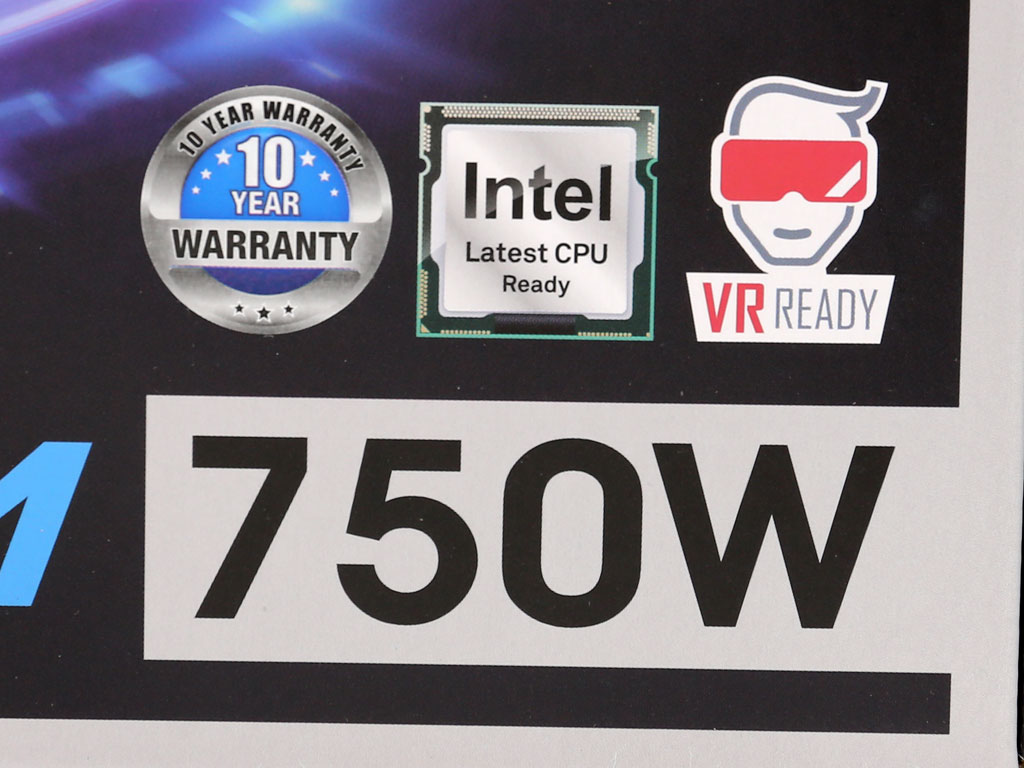









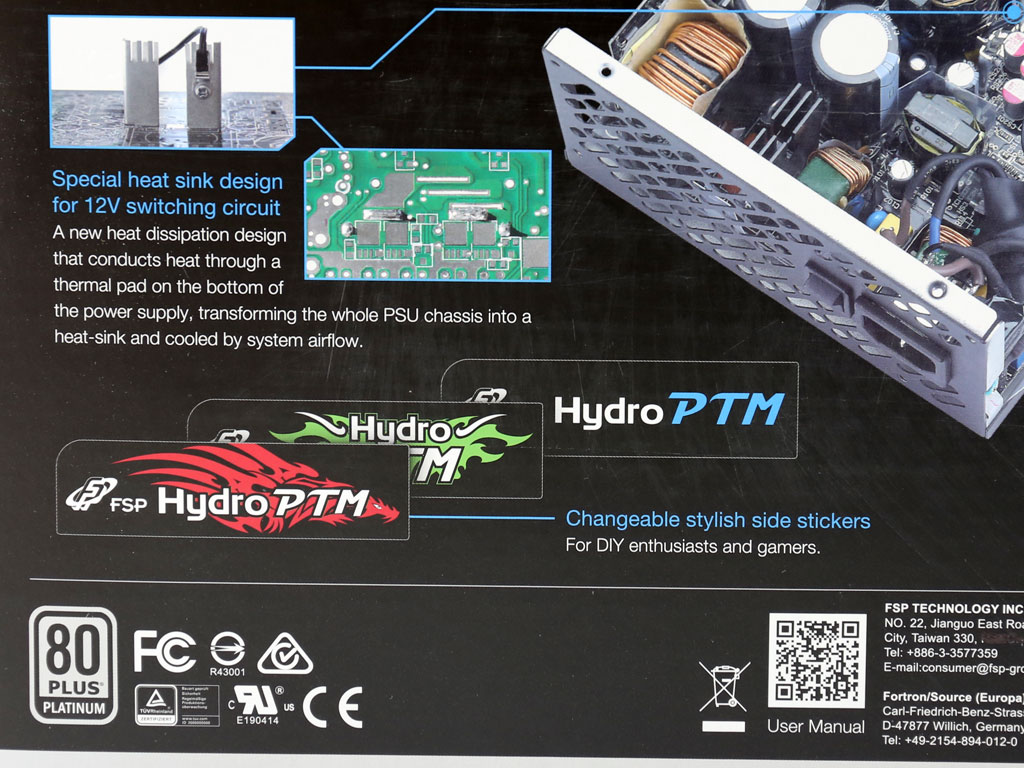



FSP's box is eye-catching. Up front, there's a picture of the PSU with its modular panel showing. Right below, a number of badges depict the HPT750M's most notable features, including its 80 PLUS efficiency certification, the fully modular cabling, and the 100% Japanese electrolytic caps.
Another badge mentions 0 dB(A) noise output, which would seemingly refer to a semi-passive mode that this PSU simply does not offer. Apparently, someone in FSP's marketing department thought the PTM series included a feature it actually lacks.
There are three more badges in the opposite corner corresponding to the 10-year warranty, compatibility with the C6/C7 sleep states, and a silly VR-ready badge that doesn't mean anything when it comes to PSUs.
On one side of the box, you'll find a cable/connector diagram, though it lacks cable length information. On the other side, there's a power specifications table and the fan's noise/efficiency curves. Around back, FSP provides an interesting photo of the PSU's internals, providing some insights about the platform's design.
Contents


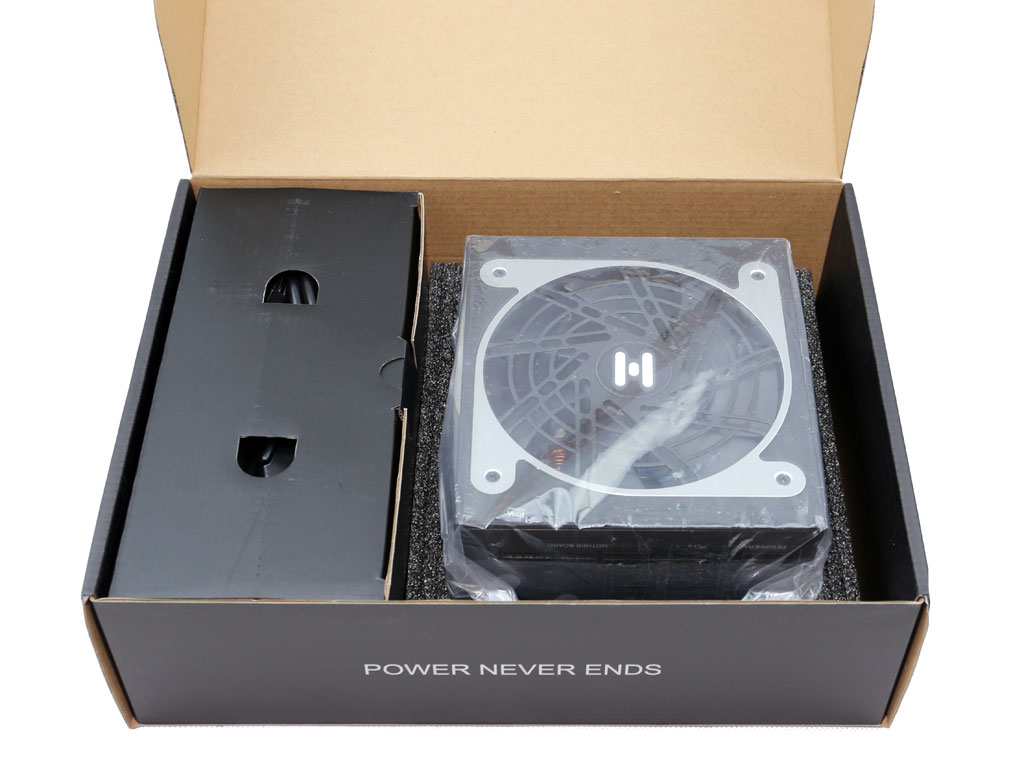
The contents inside are neatly arranged, and the PSU is fully protected by packing foam.




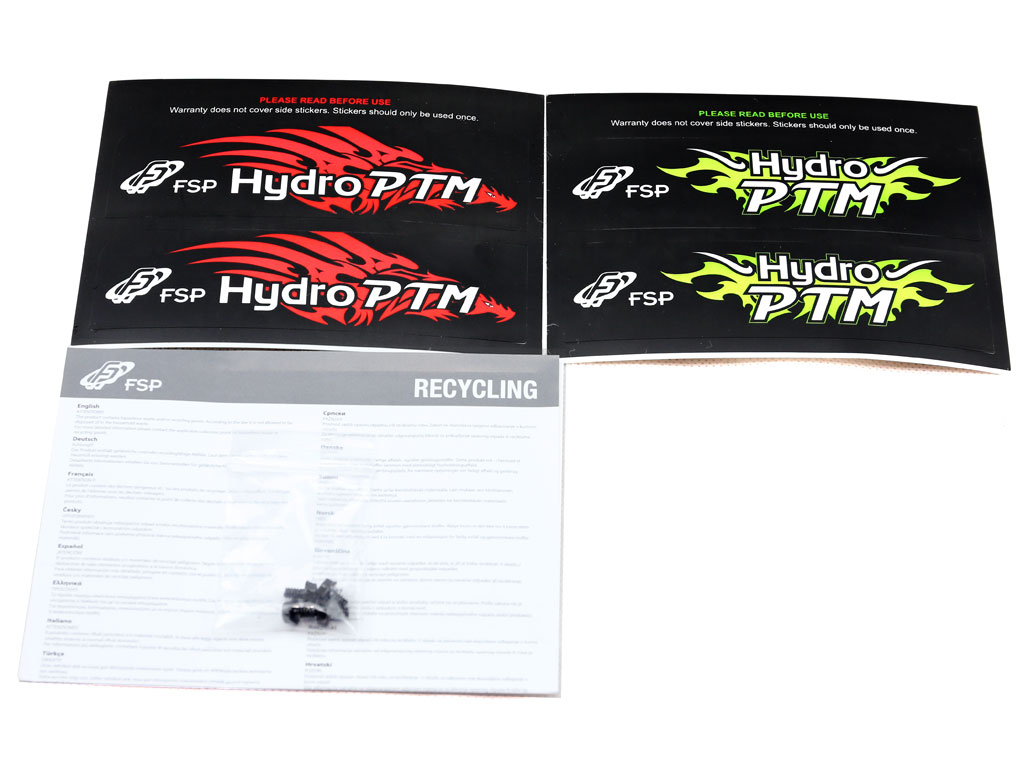


This box contains the modular cables, an AC power cord, the user's manual, a set of fixing bolts, and a set of stickers.
Exterior


A small power switch is installed next to the AC receptacle up front. FSP doesn't use a honeycomb design for the PSU's exhaust, which makes the HPT750M stand out from its competition. But the holes are a bit large, so it'd be easy to stick a sharp object in there and get electrocuted. While airflow is obviously an important consideration, safety is even more important (particularly when it comes to power supplies).
Get Tom's Hardware's best news and in-depth reviews, straight to your inbox.


You can change those boring stickers with one of the two sets that FSP includes in its bundle. The power specifications table is on the bottom side, and there is no replacement for it.
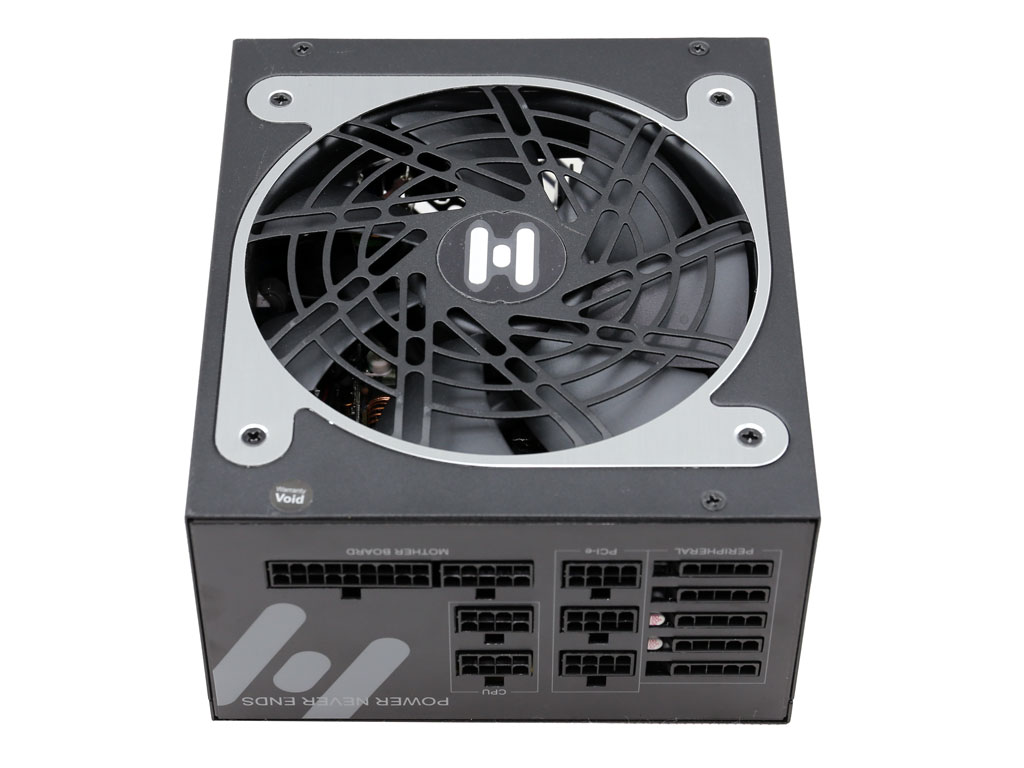

The modular panel includes five peripheral sockets, three for the PCIe cables, two for the EPS cables, and two for the main ATX cable. The whole area is covered by a sticker that needs to be removed in order to gain access to the screws holding the modular panel.




The fan grille looks nice, providing a pleasant aesthetic touch. All in all, the design is different from what we're used to seeing, and that's worth a positive mention.
Cabling



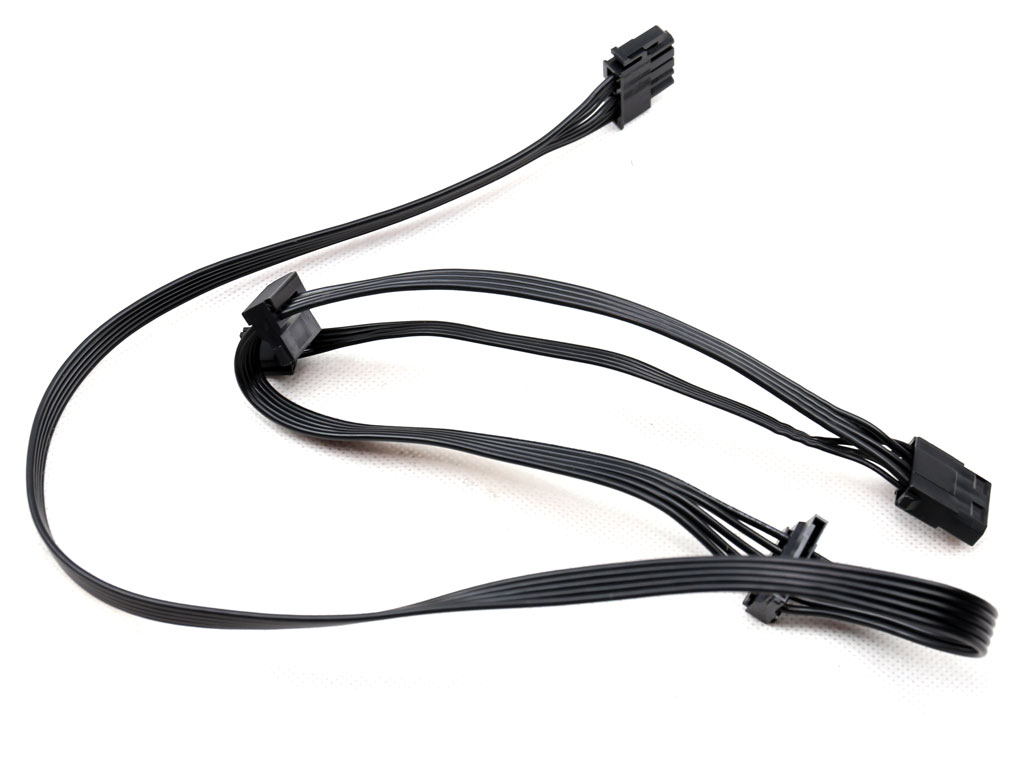

All cables feature darkened wires and are flat. FSP didn't see the need to add in-cable capacitors for better ripple suppression. This is good news for installation and routing, since those caps create bulk and stymie the use of ribboned wires.
MORE: Best Power Supplies
MORE: How We Test Power Supplies
MORE: All Power Supply Content
Current page: Packaging, Contents, Exterior & Cabling
Prev Page Features & Specifications Next Page Teardown & Component Analysis
Aris Mpitziopoulos is a contributing editor at Tom's Hardware, covering PSUs.